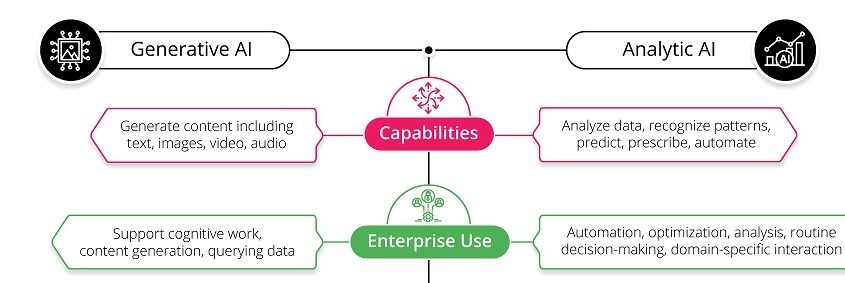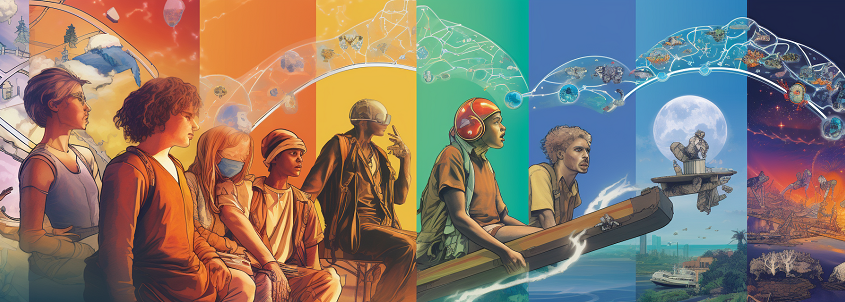Framework: Agentic AI – core patterns for organization design
The advent of robust, scalable AI agents will dramatically reshape organizational structure. I created this framework to distil some of the fundamental patterns that will drive successful transformation as we shift wholesale to Humans + AI work.
I have used this in some board and executive briefings as a discussion starter, and first shared this publicly yesterday at Agentforce World Tour Sydney in the opening keynote Executive Experience panel.
Read more →










